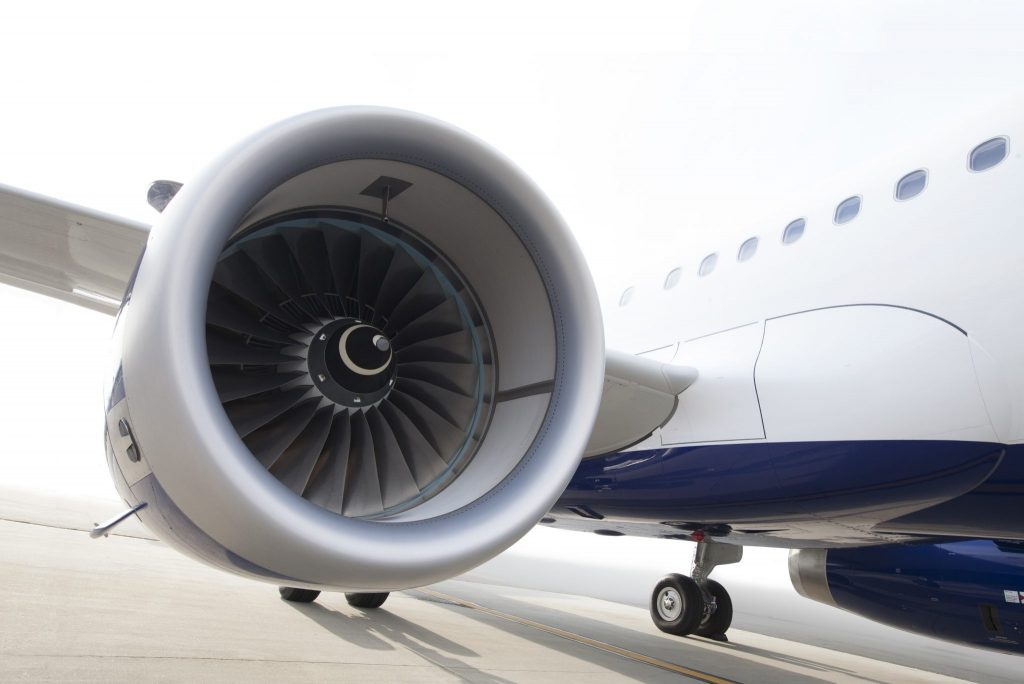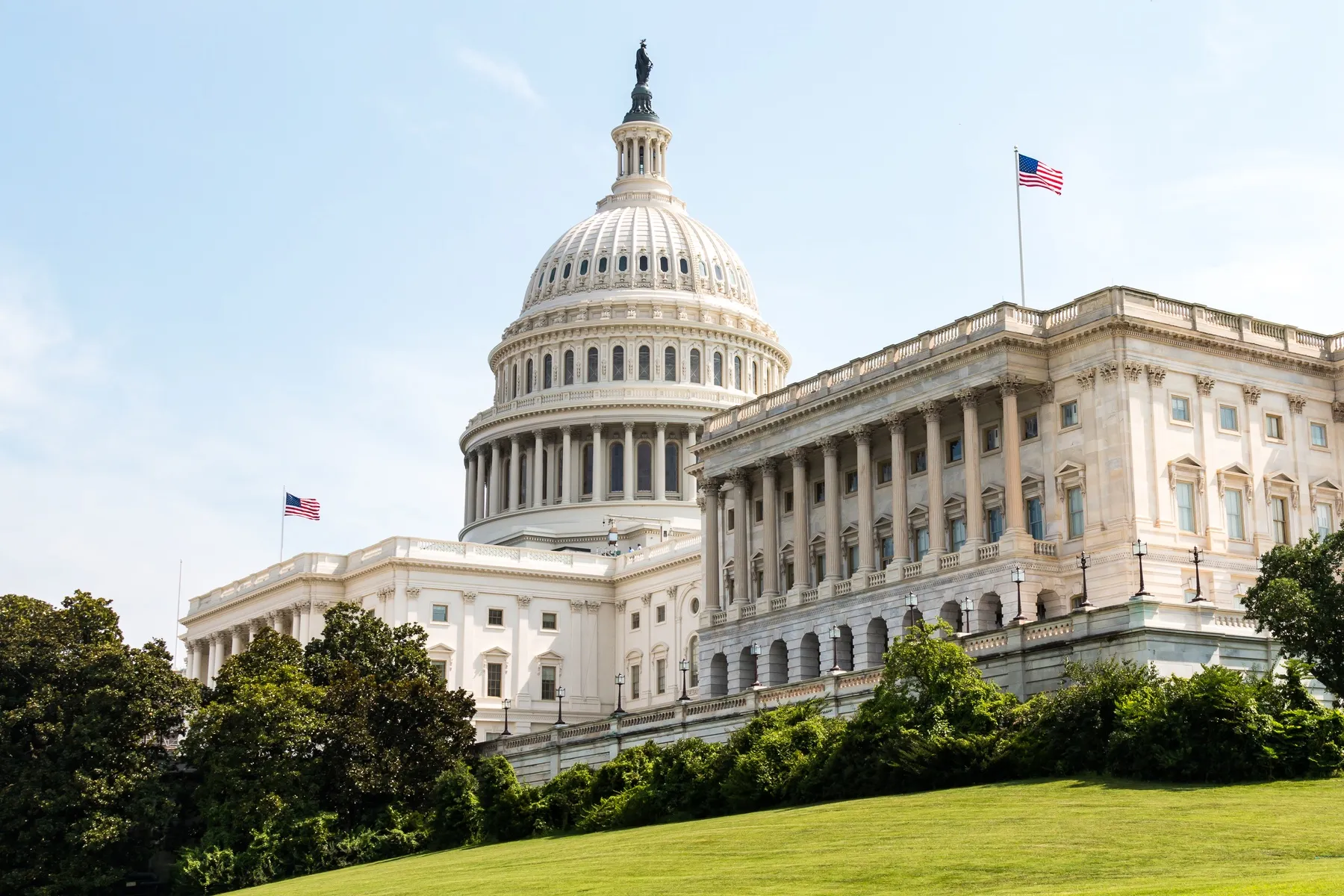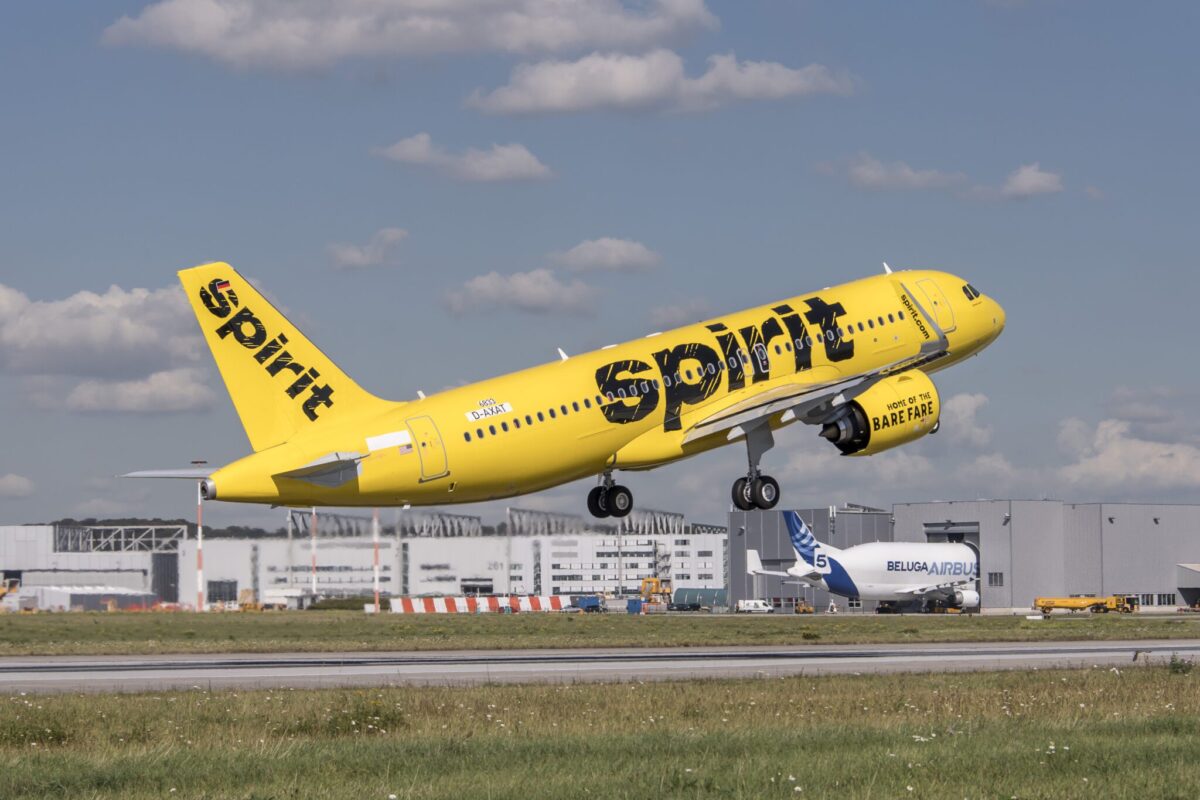JetBlue Looks Beyond London for Transatlantic Expansion

Skift Take
JetBlue is eyeing flights to Paris and Amsterdam from the U.S. East Coast as well as other UK cities besides just London.
The airline made its long-awaited transatlantic announcement on Wednesday, but it has yet to confirm which London airport, or airports, it will serve from New York and Boston.
Speaking at the Aviation Club UK in London on Thursday, CEO Robin Hayes spent a large portion of his speech railing against the joint ventures that have come to dominate the market, especially on key routes. Hayes highlighted the American Airways-British Airways-dominated tie-up as well as the Delta/Virgin Atlantic grouping.
“New entrants need slots. We’ll bring the airplanes, we’ll bring the low fares, we’ll bring the service. We’ll bring everything else. The thing we can’t bring are the slots. But make those slots available to new entrants like JetBlue, and you will see a profound and dramatic effect with lower fares in the market,” Hayes said.
Hayes’ complaints about slot restrictions imply he is hoping that regulators will step in and free up spaces at Heathrow, London’s busiest hub, but the dominance of legacy carriers might force him to look at Gatwick and Stansted.
London flights will begin in 2021 using a 13 Airbus A321LRs. These aircraft have a range of about 4,000 nautical miles, putting a number of western European cities within reach.
“We’re keeping details under our hat for now in terms of where exactly we’re thinking of flying into in London, but we’re very confident that we have a path into more than one London airport,” Hayes said.
The transatlantic market is littered with airline failures, Primera Air and Wow Air being two recent examples. Hayes’s comments suggest JetBlue’s key differentiator will be its Mint business class product, which he said had helped dramatically reduce fares in the U.S. transcontinental market.
“We’re reimagining the Mint experience for European travel. What we have today works very well on the transcon, but we’re going to need to take it to the next level for international operations. That is an important part of that,” he said.
“We can offer a stunning unbelievable product with an incredibly low fare compared to what people have been paying. We think that’s a game changer.”
As well as London, Paris is also of “great interest,” and Amsterdam is also on Hayes’ radar but he said he had been told it had “no slots available for the foreseeable future.”
If it can’t get into more congested airports, JetBlue may end up doing something similar to what Norwegian has done and serve smaller airports, although this may be more of a challenge, given it wants to pick up a big slice of the corporate market.
JetBlue is in a much stronger financial position than Norwegian and those other airlines that have tried and failed to shake up the transatlantic market — including those short-lived all-business class carriers.
“There’s gonna be a bunch of regional airports both in the UK and in Europe that this airplane will work in and we haven’t even started thinking about it yet, because we want to start with the larger airports where our customers in Boston and New York are telling us where we need to prioritize.”
Aviation analyst John Strickland thinks JetBlue’s business class focus is smart but that it won’t be easy given the level of competition.
“Business class is the more lucrative segment unlike price-conscious traffic, which many airlines go after and often can’t maintain. Equally, because it’s more lucrative and markets like Boston-London, New York-London are some of the biggest and most profitable in the world, the incumbent airlines are not going to make life easy for JetBlue to grab a piece of the business,” Strickland said.




